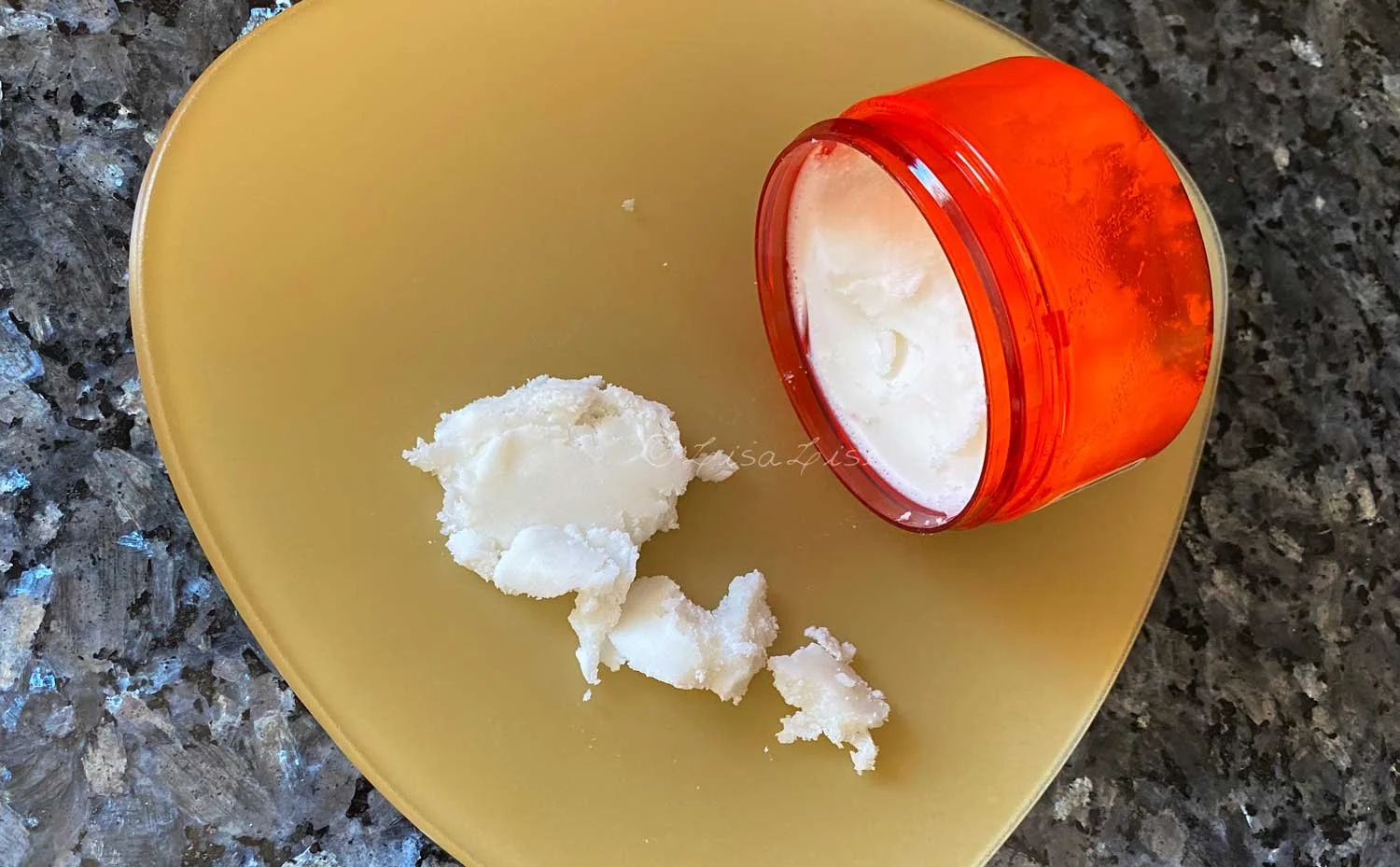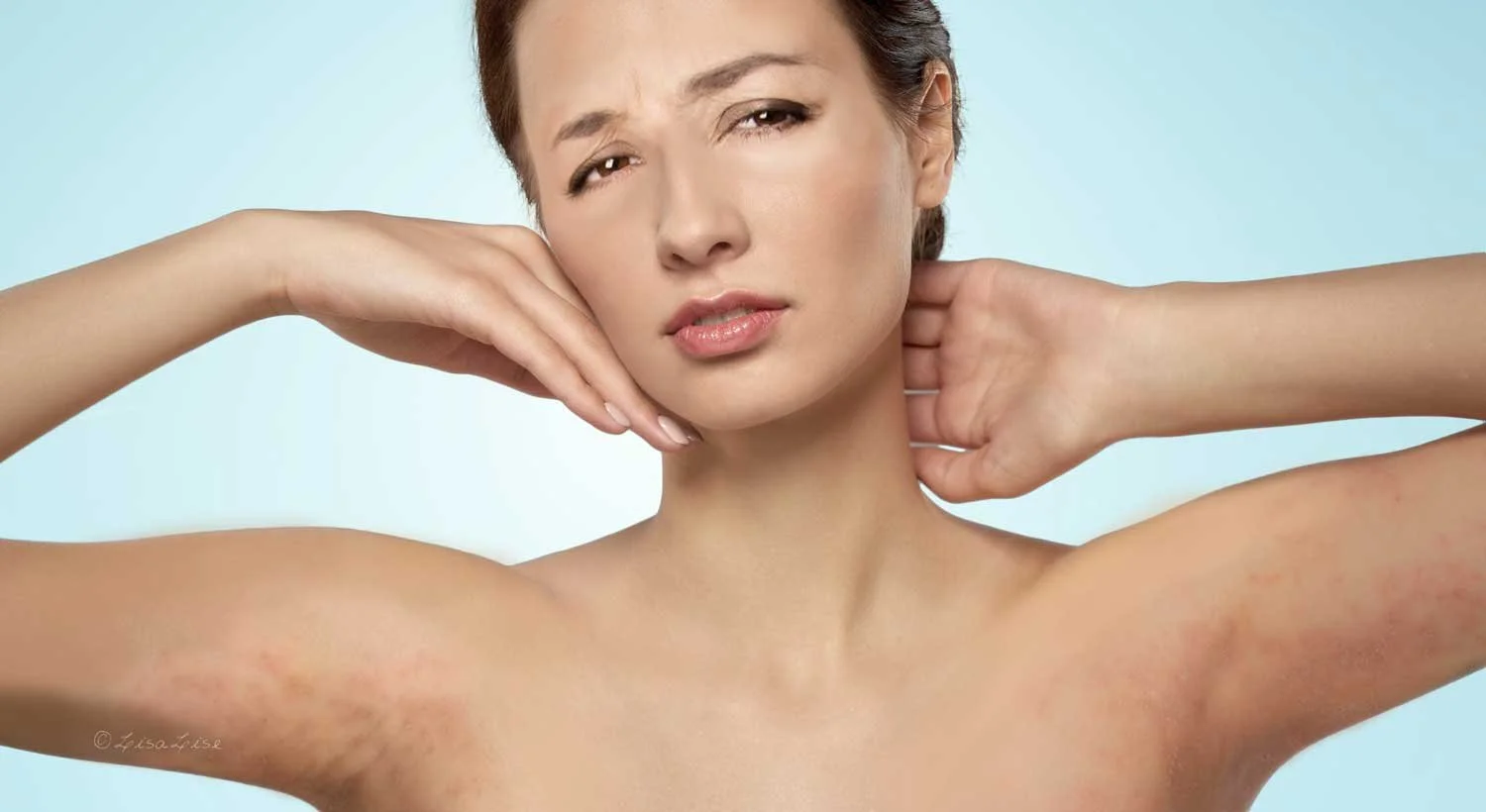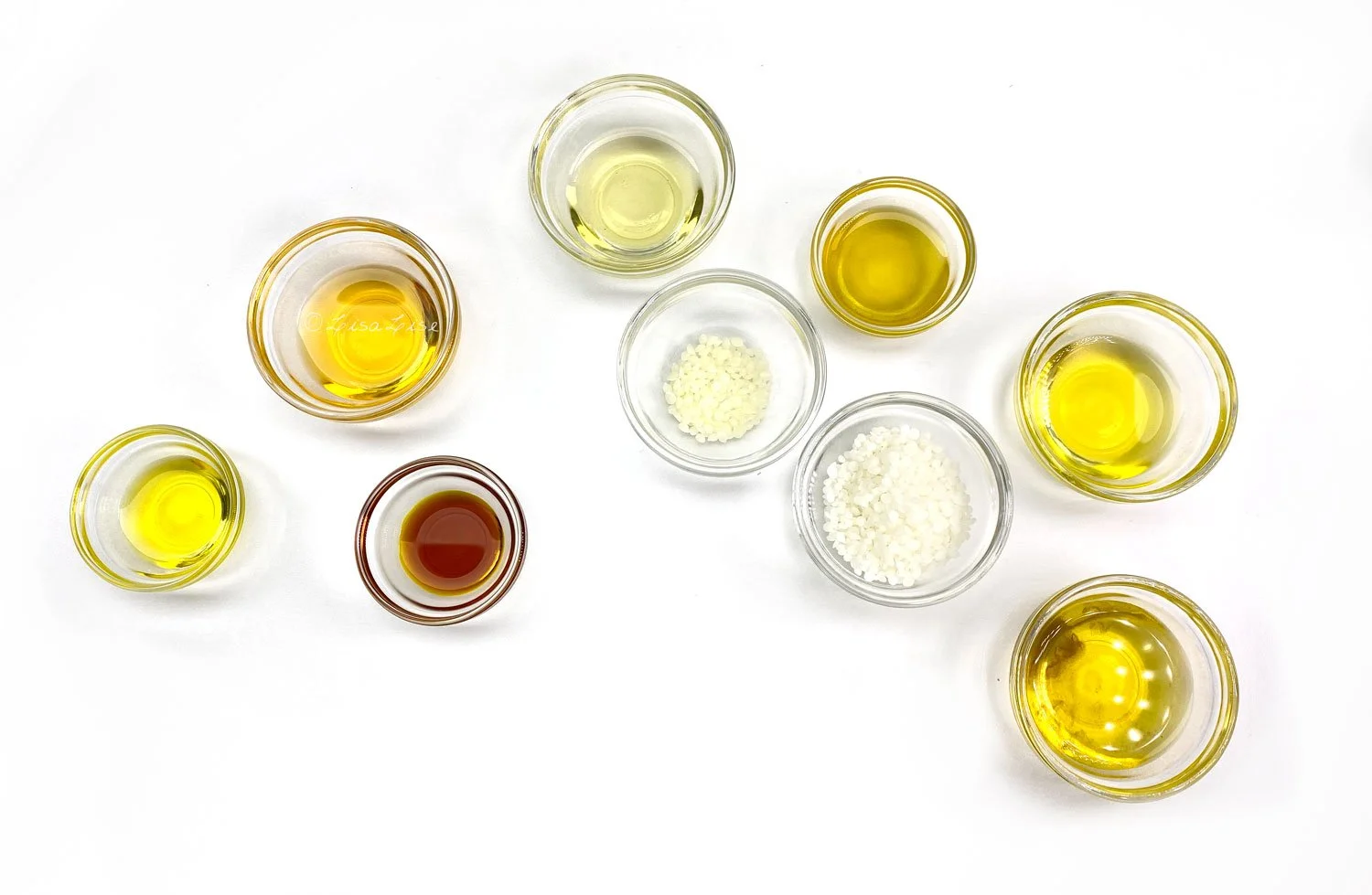Kpangnan Butter for Skin and Hair
Lise
That bit of butter up there may not look like much, but it's a treasure trove of hair and skin-loving goodness.
While on a quest for the ideal butter for lotion bars a few years ago, kpangnan literally showed up unannounced on my doorstep (as a small sample packet from a supplier). The timing was perfect – it was immediately incorporated into a small test batch that performed so well that I fell quite in love with it and have been using it ever since. Let’s see, that makes it about 10 years now.
Let's have a look at how what this butter has to offer and find out why it made my lotion bar ingredients list of winners.
Say it With Me
Even though kpangnan butter doesn't have much going for it in the memorable name department, it's actually much easier to pronounce than it than it is to spell.
It's pronounced 'Pan-ya'.
Kpangnan (Botanical name: Pentadesma butyracea) is also known as Kanga, Kanya, Painya, and Akpoto. The tree is native to Central and Western Africa, and the butter is made from the seeds of the (edible) berries that grow on it. Unsurprisingly, kpangnan is also known as the 'African Butter Tree'.
Production of the butter is not unlike the production of shea butter (which is entirely by hand). Kpangnan butter does not require as many steps as shea, but is still entirely hand-produced in local communities.
Depending on where (and how) it is made, kpangnan butter can vary in color - from a creamy white to a rich yellow. It is available both as refined and unrefined. I have only ever worked with raw, unrefined so am unable to offer any input on how the refined butter is. I have however noticed some suppliers offer a 'carefully refined' butter (which may or may not be market speak). The butter pictured above is unrefined and from Aroma Zone.
The Treasure Inside
Kpangnan butter has a content of healing and anti-inflammatory components that makes it ideal for application (but also consumption).
It is also anti-oxidant and is so soothing for skin that it is recommended for sufferers of eczema.
Here are some of the goodies you'll find in kpangnan butter:
Vitamin f
Omega 6
Oleic acid (44%)
Stearic acid (45%)
Tocopherol (vitamin e)
Stigmasterol
That last one may not be as known as the others. Let’s take a closer look.
Stigmasterol is Pure Plant Power
A precursor to vitamin d, Stigmasterol belongs to a group of plant sterols. It has been showing some impressive health-inducing properties in scientific studies (a few links below). Mind you, all of the studies are based on consumption of stigmasterol - not from applying it topically.
Good For Hair and Good Everywhere
Kpangnan is widely recommended for hair care - particularly coils, kinks and curls. Some years ago, while developing a series of products specifically for textured hair, I repeatedly discovered that ingredients recommended for kinks and curls all seemed to work beautifully on my skin. Kpangnan was definitely one.
Kpangnan butter is lovely to work with and a great addition to solid skin care (think lotion bars). It has a relatively neutral scent too (a plus). Because it is not very greasy to the touch, kpangnan butter could even be described as powdery feeling.
Texture-wise, I would place it somewhere in between cocoa butter, mango butter and shea butter.
Kpangnan can be used straight up - right out of the packaging - as a smoothing, non-greasy skincare product. Although it may not work for everyone, I’ve found a small application of kpangnan butter has the ability to put an immediate stop to itchiness on my (ridiculously sensitive) skin.
INCI name: Pentadesma Butyracea Seed Butter
Do Tell
Have you ever worked with this butter? Which product did you use it in, and how did you like working with it?
More Info on Stigmasterol and Kpangnan
Stigmasterol: a phytoesterol with potential osteoarthritic properties (LINK)
PubChem's breakdown of stigmasterol (LINK)
Chemical analysis of kpangnan (LINK)
















